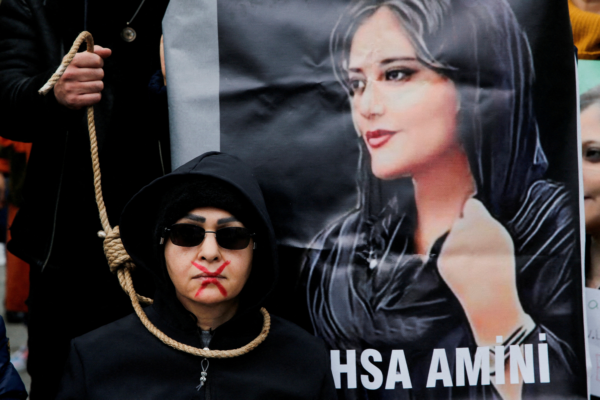Persecution of bereaved relatives.
Impunity for perpetrators.
Rampant executions and infighting among the opposition.
A bleak picture confronts opponents of Iran’s clerical authorities two years after a protest movement erupted that they hoped would be a turning point in the four-and-a-half-decade history of the Islamic Republic.
Activists and exiles still hope that the protests sparked by the September 16, 2022 death in custody of Mahsa Amini — an Iranian Kurd arrested for allegedly violating the dress code for women — left an indelible mark on Iran and that her tragic death aged 22 was not in vain.
The women-led protests after Amini’s death challenged not only the rule of the obligatory headscarf that has been a key pillar of the regime but also the very existence of the clerical-based system, rattling Iran’s leadership over the autumn and winter of 2022-2023.
But they were crushed and defeated in a crackdown Amnesty International said saw security forces use assault rifles and shotguns against protesters.
Human rights groups say at least 551 people were killed. Thousands more were arrested, according to the United Nations.
As persecution and defiance persist in Iran two years after the brutal killing of Mahsa Amini at the hands of authorities, FRANCE 24’s Delano D’Souza is joined by Nassim Papayianni, Anthropologist, Researcher and Campaigner at Amnesty International, Expert on Iran, specializing in state violence.

Leave a Reply
You must be logged in to post a comment.